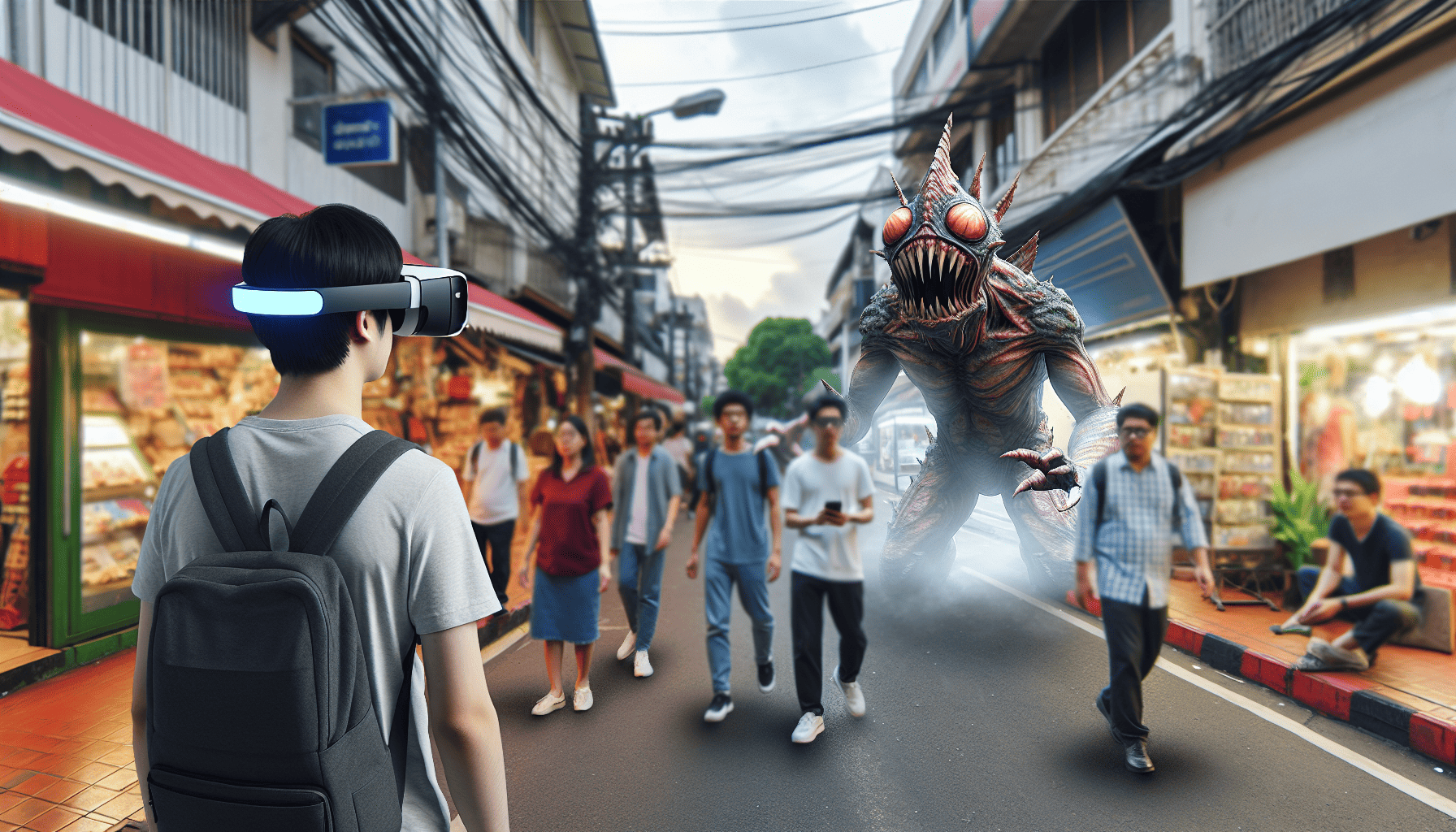Augmented reality (AR) has swiftly carved a niche for itself in the gaming industry, offering an unprecedented blend of real-world environments with digital enhancements. Unlike virtual reality, which immerses users in a completely fabricated universe, augmented reality overlays digital information onto the real world, creating a harmonious blend of reality and imagination. This innovation is reshaping how games are conceived, played, and experienced, providing a new dimension of interactivity and engagement.
One of the most significant ways AR has impacted gaming is by transforming everyday surroundings into dynamic playing fields. Popularized by games like "Pokémon GO," augmented reality lets players interact with digital creatures on real-life sidewalks, parks, and cafes. This fusion of real locations with game elements not only enhances immersion but encourages players to explore and engage with their environment, blurring the lines between virtual adventures and physical reality.
The appeal of AR gaming lies in its ability to create highly interactive experiences that make the player an integral part of the game. Traditional console or PC games, while interactive, still confine players to predefined environments. In contrast, AR games adapt to the player's surroundings, making each gameplay session unique. For example, games can use a player's home as a landscape or turn a local park into an action-packed battlefield. This variability keeps the gameplay fresh and exciting, offering endless possibilities.
Moreover, AR in gaming has broadened the social aspect of gaming. Multiplayer features now support real-time interactions with other players in the same physical location. Players can team up or compete against each other in AR-enhanced spaces, fostering community and collaboration in unprecedented ways. This social dimension of AR gaming enriches the sense of camaraderie and shared experience, making games more than just isolated digital entertainment.
The rise of AR technology is also setting new benchmarks for game development, encouraging developers to innovate in game mechanics and storytelling. With AR, storytelling takes on a spatial component, where narratives can unfold around the player, allowing for nonlinear exploration and discovery. This demands a new level of creativity from developers to design stories that capitalize on the physical context of gameplay.
Nevertheless, the adoption of AR in the gaming industry is not without its challenges. Developers must address technical hurdles, such as ensuring consistent tracking of augmented elements and optimizing performance across diverse devices. Additionally, there is an ongoing need to develop intuitive user interfaces that seamlessly integrate digital overlays with real-world navigation.
Despite these challenges, the promise of AR continues to drive investment and research in the gaming sector. Advances in mobile technology and wearables are expected to expand the capabilities of AR games, making them more accessible and immersive. As AR technology progresses, the experiences it delivers are likely to become even more sophisticated, reshaping gaming as we know it.
In conclusion, augmented reality is not just a passing trend in the gaming landscape; it is a transformative force that is evolving how games are played and experienced. By bridging the gap between digital and real-world environments, AR has unlocked new realms of interactivity and engagement. As technology continues to advance, augmented reality's role in enhancing and defining gaming experiences is likely to grow, heralding a new era for the gaming industry.
